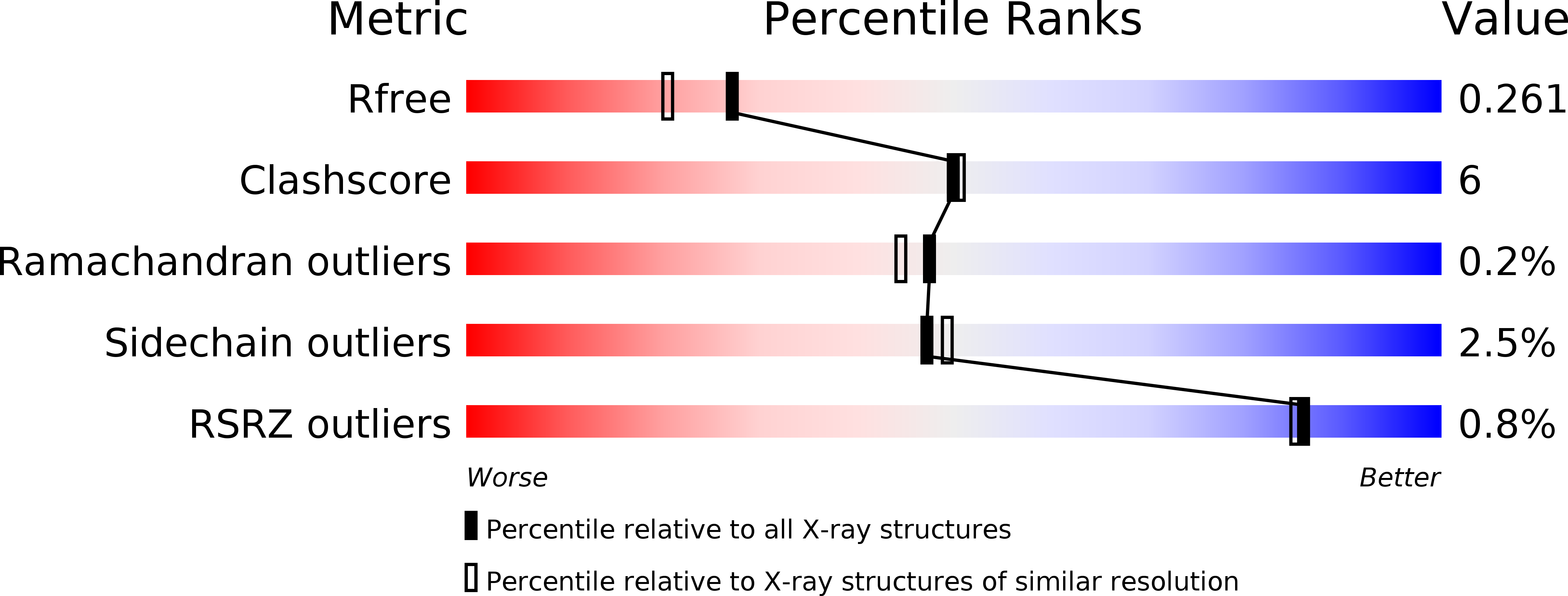
Deposition Date
2014-06-13
Release Date
2014-08-13
Last Version Date
2024-11-06
Entry Detail
Biological Source:
Source Organism:
Pseudomonas aeruginosa (Taxon ID: 208964)
Host Organism:
Method Details:
Experimental Method:
Resolution:
2.00 Å
R-Value Free:
0.26
R-Value Work:
0.20
R-Value Observed:
0.20
Space Group:
P 21 21 21


